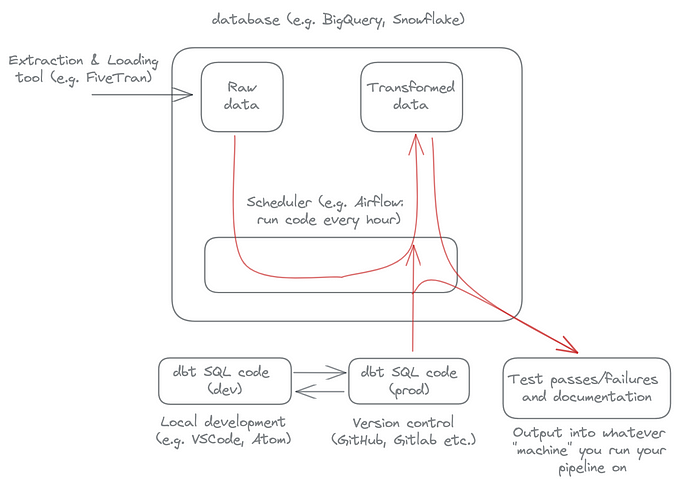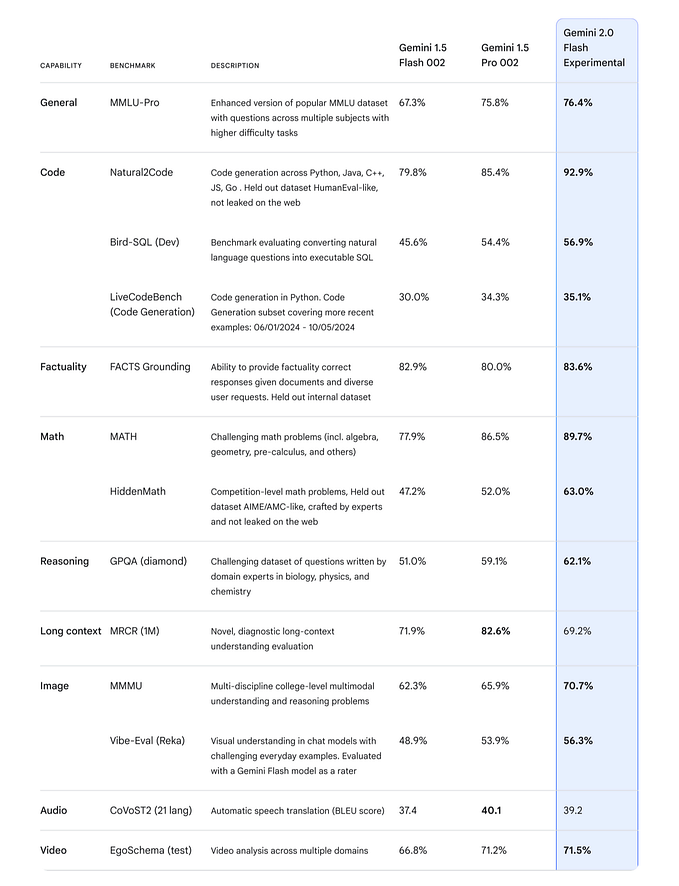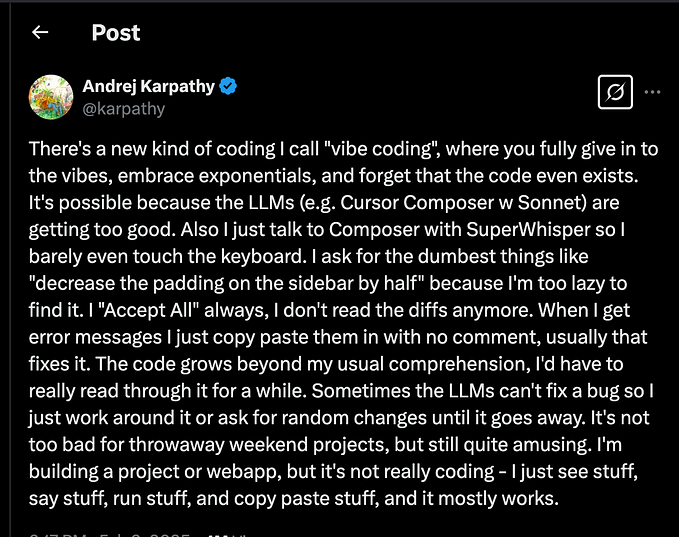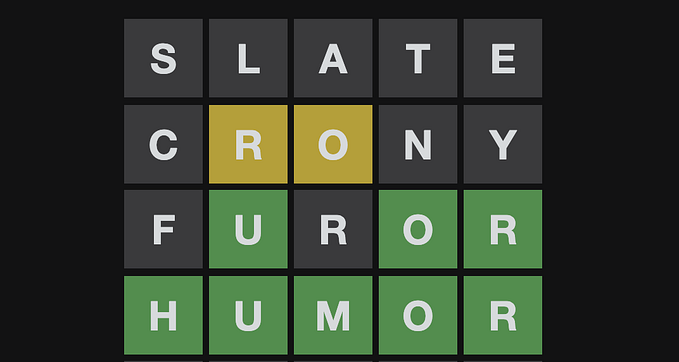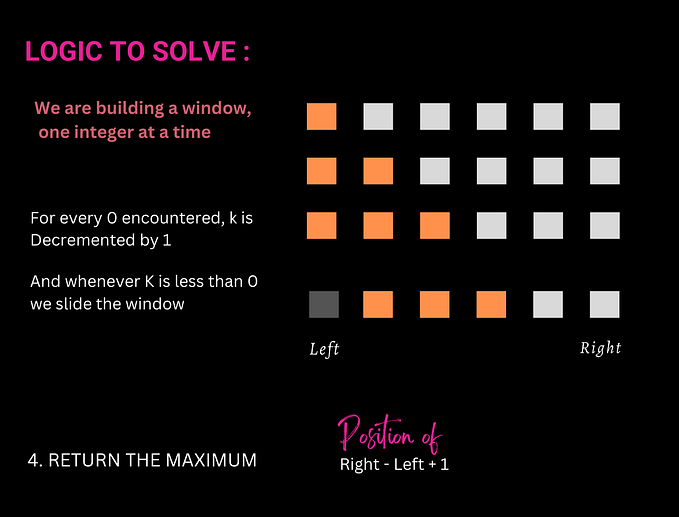7 ways of saying “You’re welcome” in Korean

7 ways of saying “You’re welcome” in Korean *Formal → Informal
1. 천만에요
It’s the easiest to find in dictionaries or textbooks. It is a bit awkward to use in conversations.
When should you use it? Written.
Meaning: Don’t mention it.
2. 별말씀을요
It sounds more formal and respectful.
When should you use it? Formal occasions and/or to elders.
Meaning: Don’t mention it. / You’re welcome.
3. 아닙니다 (formal) / 아니에요 (polite) / 아니야 (informal)
The most common way of saying “You are welcome”. You can choose the appropriate form according to the occasion.
When should you use it? Formal, daily (polite), informal occasions.
Meaning: It’s nothing. / No problem.
4. 괜찮습니다 (formal) / 괜찮아요 (polite) / 괜찮아 (informal)
The most common way of saying “You are welcome”. You can choose the appropriate form according to the occasion.
When should you use it? Formal, daily (polite), informal occasions.
Meaning: It’s okay. / It’s all right.
→ We can use 아니에요 and 괜찮아요 together, forming “아니에요, 괜찮아요” (“Not at all.” / “Don’t mention it.”)
5. 뭘요 (polite) / 뭘~ (informal)
When should you use it? Daily (polite) and informal occasions.
Meaning: It‘s nothing.
6. 네~ [+ smile & nod]
The simplest way of replying to “Thank you” is to say 네~ with a smile and a slight nod!
When should you use it? Daily (polite) occasions.
Meaning: No problem.
7. 고맙긴
When should you use it? Informal occasions.
Meaning: Don’t mention it.
→ 고맙긴 is often used with 아니야, forming “아니야, 고맙긴” (“Nah, don’t mention it.”)
Let’s review the 7 usages:
천만에요 (very formal; suitable for written but spoken)
별말씀을요 (formal and respectful)
아니에요 / 괜찮아요 / 뭘요 / 네~ (polite; perfect for daily usage)
고맙긴 (informal; only used with people you’re close with)


